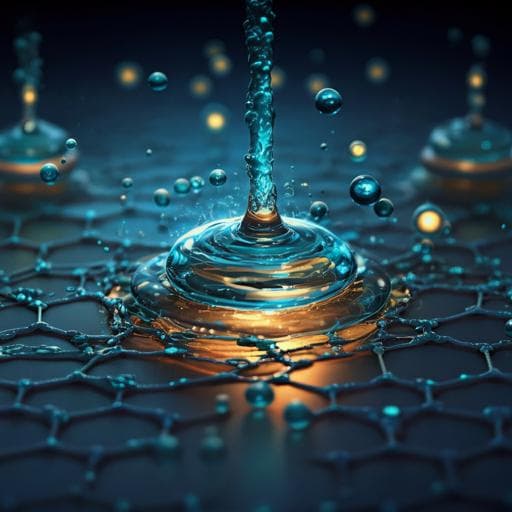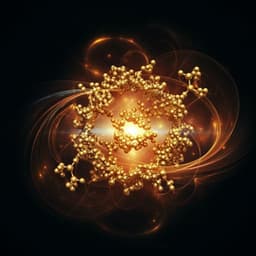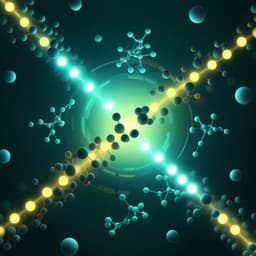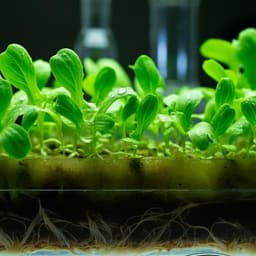
Chemistry
Effect of ion-specific water structures at metal surfaces on hydrogen production
Y. Tian, B. Huang, et al.
Discover how the presence of alkali metal cations dramatically alters water structure at electrolyte/electrode interfaces, influencing electrochemical reactions. This groundbreaking research, conducted by Ye Tian, Botao Huang, Yizhi Song, Yirui Zhang, Dong Guan, Jiani Hong, Duanyun Cao, Enge Wang, Limei Xu, Yang Shao-Horn, and Ying Jiang, reveals new insights into hydrogen evolution kinetics through innovative visualization techniques.
~3 min • Beginner • English
Related Publications
Explore these studies to deepen your understanding of the subject.







